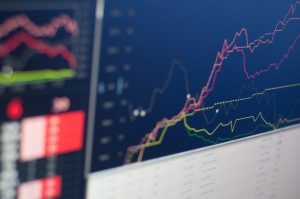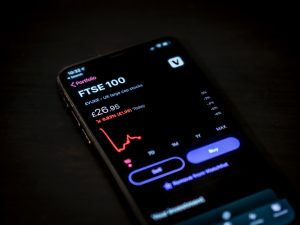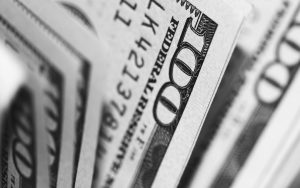Forex indicators are tools that help traders to analyze the market and make informed trading decisions. They are used to identify trends, price movements, and potential entry and exit points for trades. There are numerous indicators available, each with its own strengths and weaknesses. However, it is important to note that no single indicator can predict the market with 100% accuracy, and traders should use a combination of indicators to confirm trading signals. In this article, we will discuss how to use forex indicators effectively.
1. Understand the Different Types of Indicators
Forex indicators can be broadly classified into two categories: lagging and leading indicators. Lagging indicators follow price movements and are used to confirm trends. Examples of lagging indicators include moving averages, Bollinger Bands, and MACD. Leading indicators, on the other hand, predict future price movements and are used to identify potential trading opportunities. Examples of leading indicators include Stochastic, RSI, and ADX.
2. Choose the Right Indicators for Your Trading Strategy
There is no one-size-fits-all approach to using forex indicators. The choice of indicators should be based on your trading strategy, risk tolerance, and market conditions. For instance, if you are a trend trader, you may want to use moving averages or Bollinger Bands to identify trend direction and potential support and resistance levels. If you are a momentum trader, you may want to use RSI or Stochastic to identify overbought or oversold conditions.
3. Use Multiple Indicators for Confirmation
It is important to note that no single indicator can predict the market with 100% accuracy. Therefore, traders should use a combination of indicators to confirm trading signals. For instance, if you are using moving averages to identify trend direction, you may want to use RSI to confirm overbought or oversold conditions before entering a trade.
4. Set Up Your Indicators Correctly
To use forex indicators effectively, you need to set up your charts correctly. This involves selecting the appropriate time frame, selecting the right indicators, and adjusting the settings to suit your trading strategy. For instance, if you are a day trader, you may want to use a shorter time frame, such as 5-minute or 15-minute charts. If you are a swing trader, you may want to use longer time frames, such as 1-hour or 4-hour charts.
5. Combine Indicators with Price Action Analysis
Price action analysis involves studying price movements and patterns to identify potential trading opportunities. Traders can use price action analysis to confirm trading signals generated by indicators. For instance, if you are using RSI to identify overbought or oversold conditions, you may want to look for price patterns such as double tops or bottoms to confirm the signal.
6. Avoid Overcomplicating Your Trading Strategy
While it is important to use forex indicators to make informed trading decisions, it is equally important to avoid overcomplicating your trading strategy. Overcomplicating your strategy can lead to confusion and indecision, which can result in missed trading opportunities or losses. Therefore, it is important to keep your strategy simple and focused on your trading goals.
In conclusion, forex indicators are valuable tools that can help traders to analyze the market and make informed trading decisions. However, it is important to understand the different types of indicators, choose the right indicators for your trading strategy, use multiple indicators for confirmation, set up your indicators correctly, combine indicators with price action analysis, and avoid overcomplicating your trading strategy. By following these tips, you can use forex indicators effectively to improve your trading results.





